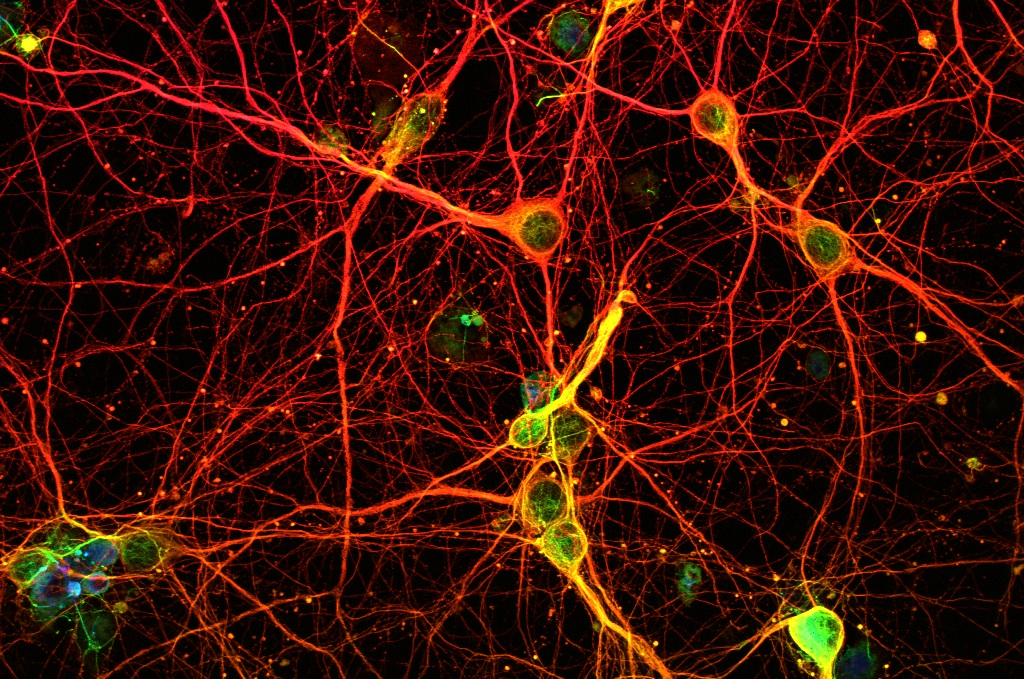As a molecular scientist, Timo Oosenbrug studied the innate immune system during his PhD training in Leiden. Given his fascination, it is not surprising that he jumped at the chance to continue studying immune receptors as a postdoc in the immunology group of Annemarthe van der Veen at the LUMC, among others with an ICI grant.
The innate immune system fights infections by viruses through immune receptors that recognize viral molecules. Van der Veen's group focuses on immune receptors present in the cytosol. These are activated through the presence of viral double stranded RNA inside an infected cell which triggers the production of type I interferons, the onset of an antiviral immune response.
In some people however, their own RNA is accidentally detected because of a genetic mutation. This triggers sterile inflammation in absence of an infection which causes severe diseases, known as Type I interferonopathies. These almost always affect the brain, such as microcephaly, intracranial calcification and learning disabilities. Patients seldom live long.
Neurons-on-a-dish
Van der Veen's group had already developed cell lines to study the influence of various genetic mutations on the incorrect immune response. The ICI proposal is to study actual brain cells, explains Timo. "Initially we planned to study microglia, the macrophages of the brain, but we shifted to neurons after a major publication showing that neurons may produce double stranded RNA, misleading the innate immune receptors."
In a cooperation with the human genetics group of Willeke van Roon-Mom at LUMC, the researchers set out to develop a neurons-on-a-dish model from progenitor cells (descendants of stem cells). "I'm proud that we accomplished the differentiation to neurons. Although neurons are very sensitive cells, we found ways to manipulate them to model various patient phenotypes."
In a separate research line Timo studied ubiquitination, a post-translational modification that can activate proteins. He found that the ubiquitinating protein HUWE1 plays an important role in sustaining sterile inflammation. "These results are important to understand how the antiviral response works in healthy people, but also to understand how we can inhibit the process of type I interferon production in patients with sterile inflammation."
New biological tool
Combining the research, Timo now plans to study the role of HUWE1 in the newly developed human neuronal cell model. "It is a new biological tool which can be used by us and others to study the many factors that play a role in RNA sensing and sterile inflammation. It is an important step in the translation from a cell line in the lab to the patient. Ultimately, we want to be able to identify how we can inhibit the process of sterile inflammation, which could lead to a therapy. We have some interesting ideas on this that we are exploring further in the lab."
Even though being a postdoctoral researcher he has not followed any PhD training programs within ICI, Timo praises the open and inspiring atmosphere within the institute. "At the conferences, people are genuinely interested and helpful. I've attended the meetings with great pleasure." He expects that the cooperation between biology, immunology and chemistry will only intensify in the future. "During my PhD project, immunologists and chemists worked together even before ICI had started. It was a natural way of working."
